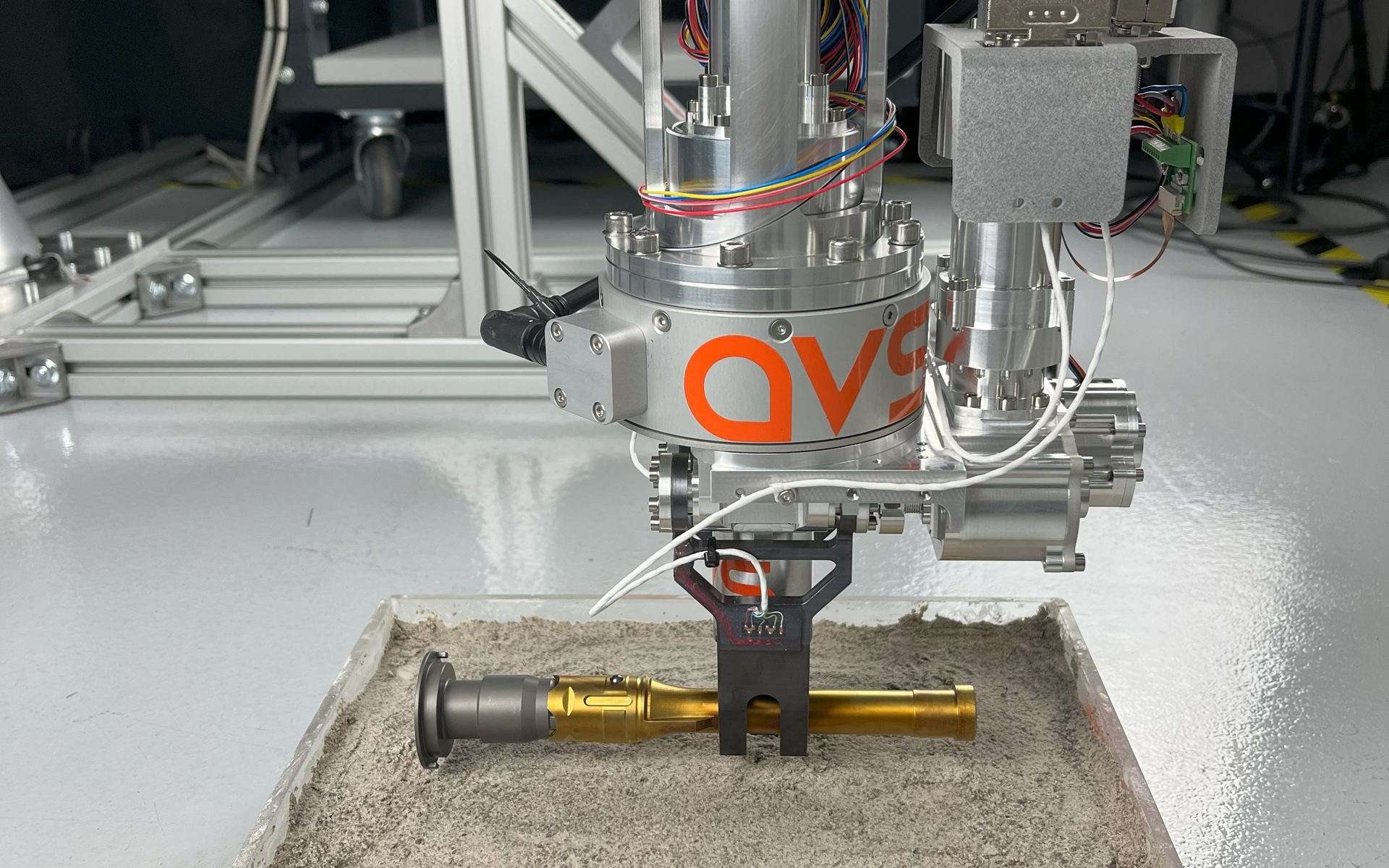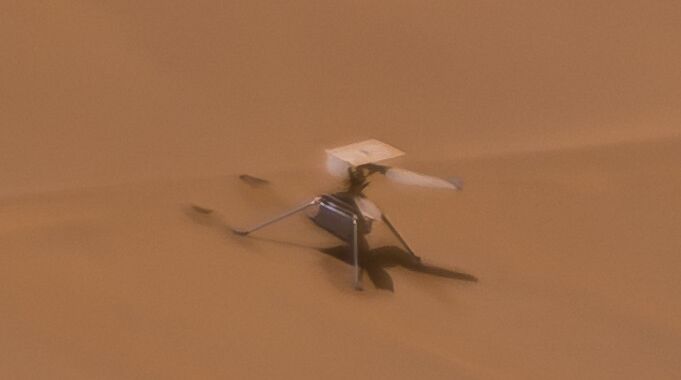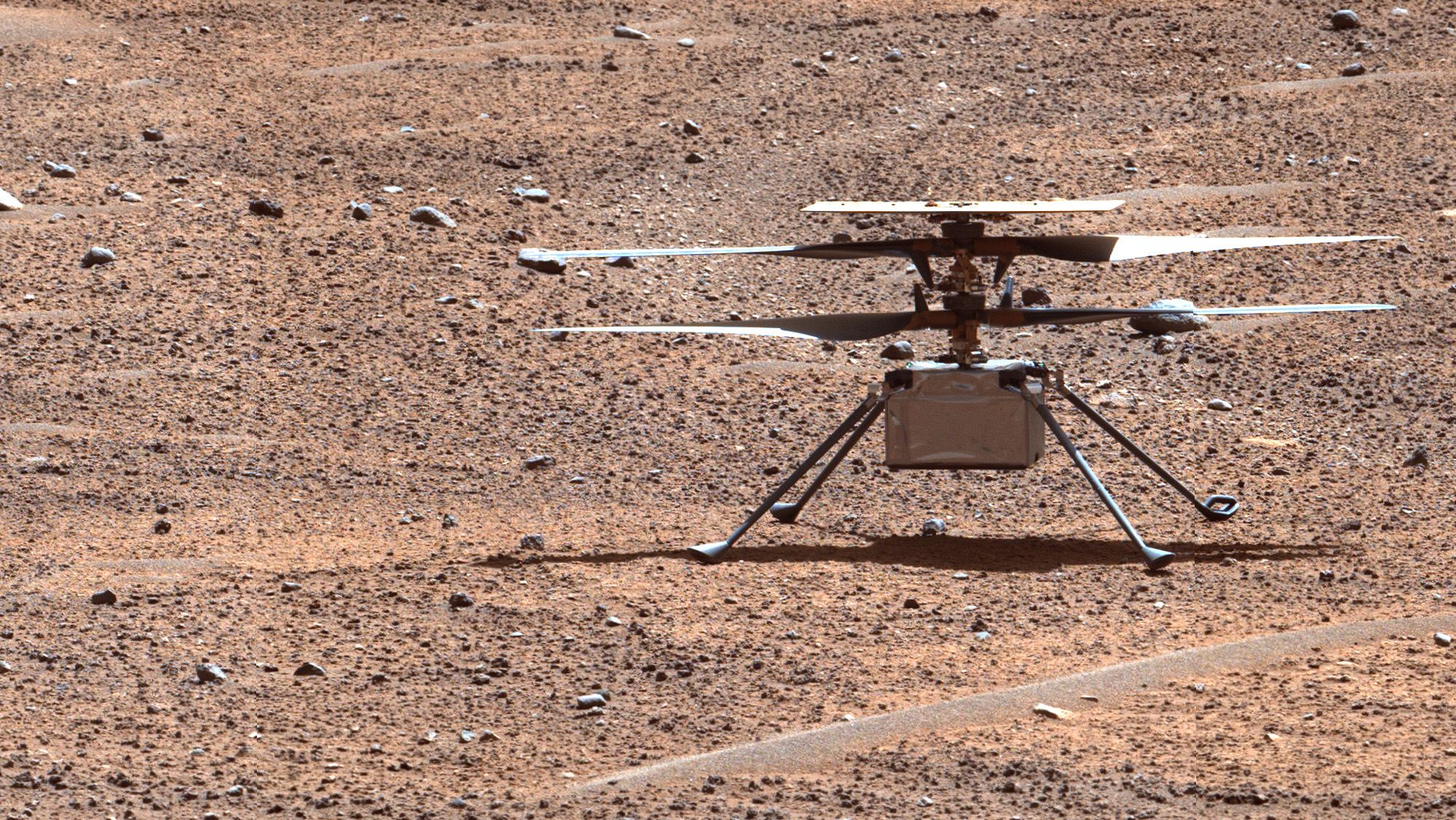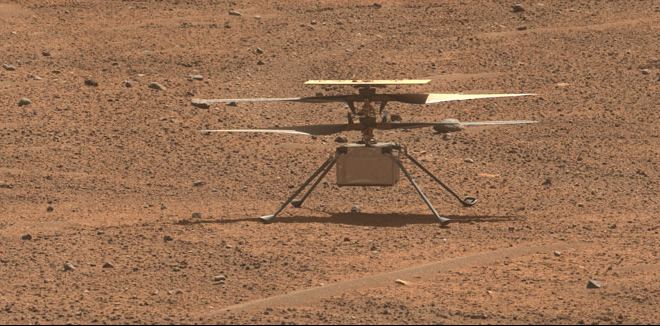I can remember when Perseverance was launched, travelled out into the Solar System and landed on Mars in February 2021. In all the time since it arrived, having clocked up 1000 days of exploration, it has collected 23 samples from different geological areas within the Jezero Crater. The area was once home to an ancient lake and if there is anywhere on Mars to find evidence of ancient (fossilised) life, it is here.
Continue reading “Perseverance Wraps Up Over 1,000 Days on Mars. Still Going Strong”We Need to Consider Conservation Efforts on Mars

Astrobiology is the field of science that studies the origins, evolution, distribution, and future of life in the Universe. In practice, this means sending robotic missions beyond Earth to analyze the atmospheres, surfaces, and chemistry of extraterrestrial worlds. At present, all of our astrobiology missions are focused on Mars, as it is considered the most Earth-like environment beyond our planet. While several missions will be destined for the outer Solar System to investigate “Ocean Worlds” for evidence of life (Europa, Ganymede, Titan, and Enceladus), our efforts to find life beyond Earth will remain predominantly on Mars.
If and when these efforts succeed, it will have drastic implications for future missions to Mars. Not only will great care need to be taken to protect Martian life from contamination by Earth organisms, but precautions must be taken to prevent the same from happening to Earth (aka. Planetary Protection). In a recent study, a team from the University of New South Wales (UNSW) in Sydney, Australia, recommends that legal or normative frameworks be adopted now to ensure that future missions do not threaten sites where evidence of life (past or present) might be found.
Continue reading “We Need to Consider Conservation Efforts on Mars”The Current Mars Sample Return Mission isn’t Going to Work. NASA is Going Back to the Drawing Board
Human spaceflight is not the easiest of enterprises. NASA have let us know that their plans for the Mars Sample Return Mission have changed. The original plan was to work with ESA to collect samples from Perseverance and return them to Earth by 2031. Alas like many things, costs were increasing and timescales were slipping and with the budget challenges, NASA has had to rework their plan. Administrator Bill Nelson has now shared a simpler, less expensive and less risk alternative.
Continue reading “The Current Mars Sample Return Mission isn’t Going to Work. NASA is Going Back to the Drawing Board”Perseverance is Keeping Track of the Big Picture While it’s Exploring Mars
It’s always a real benefit to have scientists on the ground, able to use the wealth of their experience and ingenuity to ‘think on their feet’. It is therefore always quite challenging to use space probes that to a degree need to be autonomous. This is certainly true of the NASA Perseverance Rover that has been drilling core samples that will one day (hopefully) be returned to Earth as part of the Mars Sample Return mission. Until then, a team of Geologists have developed a technique to calculate the orientation of the core samples to help with future analysis.
Continue reading “Perseverance is Keeping Track of the Big Picture While it’s Exploring Mars”Grabbing Samples from the Surface of Mars
As if the Mars Perseverance Rover and Ingenuity Drone were not exciting enough then the next step in this audacious mission takes it to a whole new level. Mars Sample Return Mission is to follow along, collect and return the samples collected by Perseverance back to Earth. However the status of Mars Sample Return is uncertain as engineers are still working on technology to retrieve the samples. The current challenge is the gripper arm that will collect the samples and stow them safely and securely before transportation without damaging them.
Continue reading “Grabbing Samples from the Surface of Mars”Ingenuity Won’t Fly Again Because It’s Missing a Rotor Blade
Ingenuity has been the first aerial vehicle on another world. NASA announced the end of the Martian helicopter’s life at the end of its 72nd flight. During the flight there had been a problem on landing and, following the incident a few photos revealed chips in one of the rotor blades but nothing too serious. New images have been revealed that show the craft is missing one of its rotor blades entirely!
Continue reading “Ingenuity Won’t Fly Again Because It’s Missing a Rotor Blade”Perseverance Gives Us One Last Look at the Damaged Ingenuity Helicopter
Well I consider that a success; the first aircraft on another world surpassed all expectations. Ingenuity, the helicopter that has been buzzing around on Mars has finally reached the end of its life after a total of 72 flights on the red planet. In a wonderful piece of computer imagery, Simeon Schmauß took a number of images of Ingeniuty from Perseverance and stiched them together into a mosaic and upscaled to provide a human eye view.
Continue reading “Perseverance Gives Us One Last Look at the Damaged Ingenuity Helicopter”Perseverance is Definitely Inside an Ancient Lake on Mars
The search for life on alien worlds has captivated us for hundreds of years. In some respect, the search for life has expanded to the search for water since it is not unreasonable to assume if there is water then there is a good chance there is life too. When NASA selected the landing site for Perseverance, they were looking for such a body of water and settled upon the Jezero Crater. Images from orbiters reveal a crater that looks like it has been filled with water in the past but further investigations were needed to confirm. Now it seems, Perseverance has risen to the challenge.
Continue reading “Perseverance is Definitely Inside an Ancient Lake on Mars”Ingenuity Suffers Rotor Damage, Ending the Mission
There have been numerous robotic space missions reach the end of their operating life over the years and for a multitude of reasons. Be they catastrophic failure or a scheduled end but I must say one that has recently made me a little sad is the demise of the Ingenuity helicopter on Mars. It sustained damage after its recent flight and can now no longer fly. In a mission that was supposed to complete five flights in 30 days, the plucky little helicopter completed 72 flights over three years!
Continue reading “Ingenuity Suffers Rotor Damage, Ending the Mission”A Tiny Quadcopter Could Gather Rocks for China’s Sample Return Mission
Space exploration is always changing. Before February 2021 there had never been a human made craft flying around in the atmosphere of another world (other than rocket propelled landers arriving or departing). The Mars Perseverance rover changed that, carrying with it what can only be described as a drone named Ingenuity. It revolutionised planetary exploration and now, China are getting in on the act with a proposed quadcopter for a Mars sample return mission.
Continue reading “A Tiny Quadcopter Could Gather Rocks for China’s Sample Return Mission”








